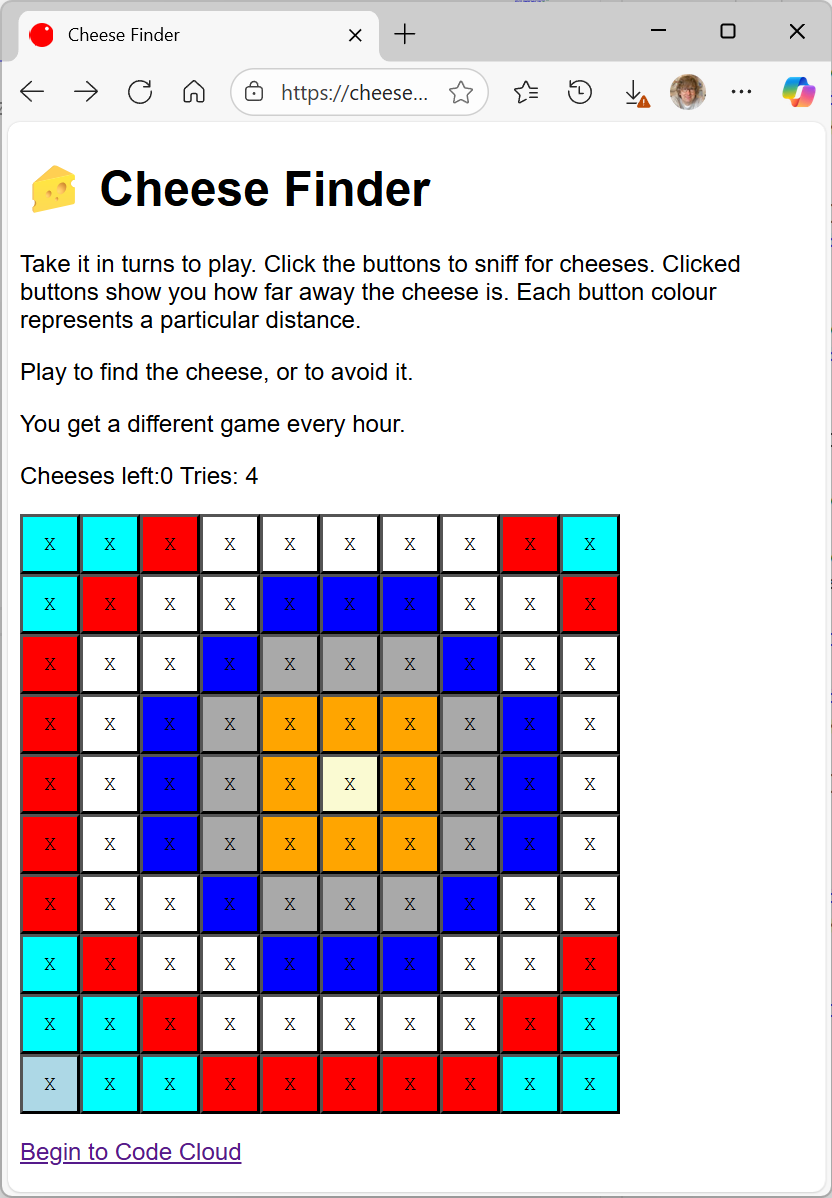Hot on the heels of DDD North last weekend we now have more high quality technical content which has free food (thanks to Hull University for the spread). Tonight at the Tech Sessions we had two excellent talks.
First up was Martyn Coupland who has the kind of life that I want when I grow up. By day he pilots planes around the world. And at night he develops software using .NET (actually this might not be precisely how he divides his time, but he definitely does both). His talk was titled “Cleared for Takeoff: Navigating the Intersection of Aviation and Technology” and gave some great insights into the hugely complicated business of getting people from A to B safely through the air.
It was nice to see the views from his “office” at 30,000 feet but it was even more interesting to see the server room underneath the cockpit containing all the computers that keep the plane in the air. There are four copies of one crucial component, along with a box that contains the height above sea level of just about every point on the surface of the earth. Aviation tech has to be done right and this point was made time and again as systems were described. Everything was pilot-centric since they are the people who have to make decisions that are literally life and death. Very impressive.
Next up was Elliot Fearn talking about “Building a RAG-Based LLM with Vector Databases”. Elliot explained that RAG stands for “Retrieval Augmented Generation”. This is a technique for boosting the usefulness of a Large Language Model (LLM). An LLM takes in questions and gives you answers to them. Elliot gave a great explanation of how this process works, with individual tokens in a question being converted into vectors which are then mapped into the knowledge space of the LLM to produce a useful answer, one token at a time.
The RAG bit serves as a kind of “booster” pack of local knowledge which is combined with the content of the prompt string which is given to the LLM to get the answer. For example, you might ask an LLM about “sales”. This could mean that you want to know where things are being sold cheaply, or how well a marketing plan is working. If you have a system that puts the word “sales” in a marketing context by adding sales information to the prompt string you have better chance of getting a useful answer.
Elliot described systems that could help to automate this process, so corporate information could be packaged and formatted to be used in this way. Very interesting stuff with some nice demonstrations of the tech.
I really looking forward to the next session. If you want to join in go here on Eventbrite and follow The Tech Sessions.










